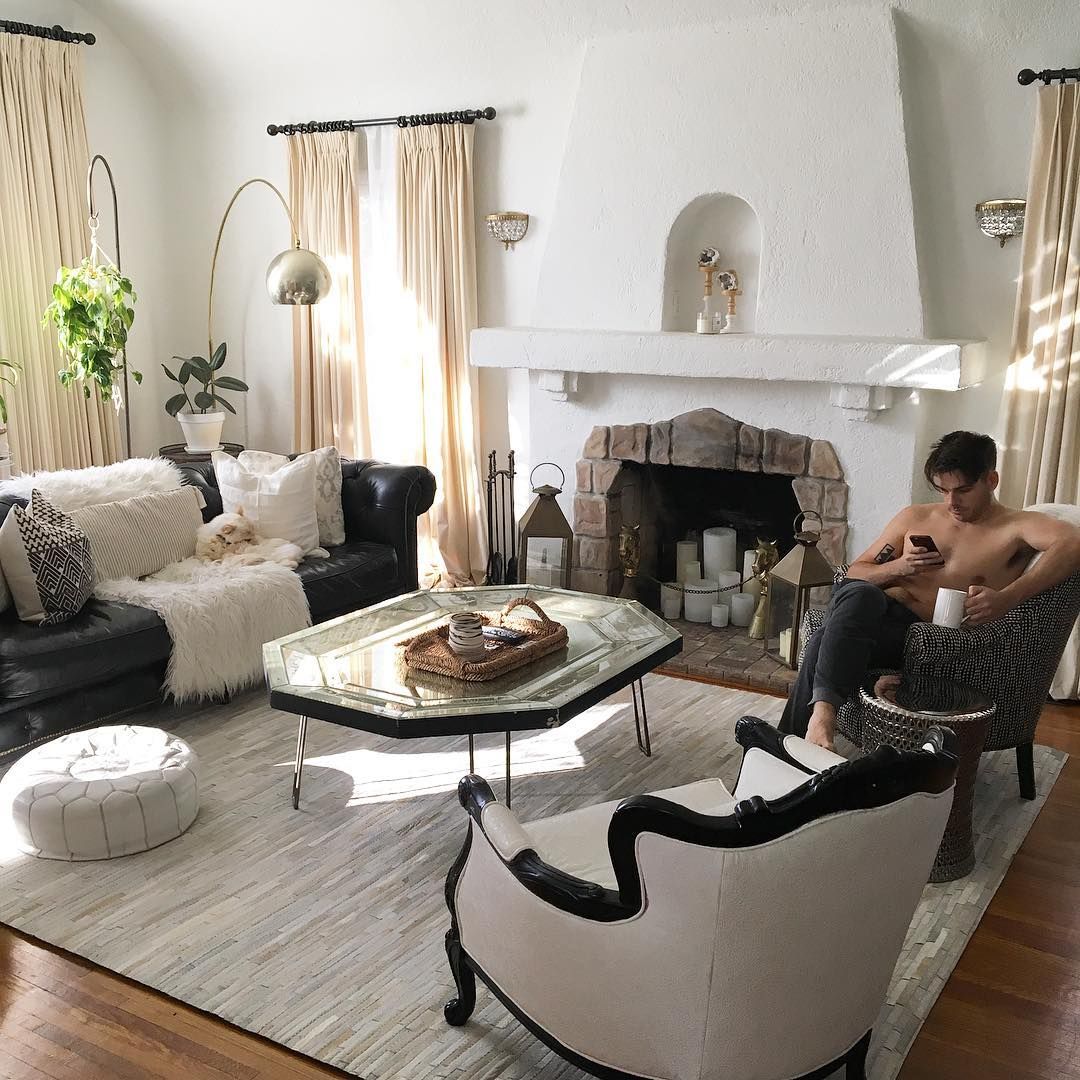HOW TO DESIGN A HOME TOGETHER
While a distant second to finding a dream man, the effort around designing your dream home poses its own unique (and equivalent) challenges! What happens when your dream man lives in your nightmare home? His frat-daddy chic clashes with your Japanese Zen minimalism? Your collection of “do you want this” furniture not quite meshing with his collection of mid-century masterpieces?
Trying to bridge the gap between polar opposite ways of living at home, will be a task. But, it doesn’t have to be a miserable one. Given that home is where the heart is, make sure that you start designing a home together, from the heart; from the love that the two of you have for each other, for the life you are going to live out together and, yes, the love you’ll eventually develop for that thing of his you once absolutely could not imagine living with.
So, with love as your starting point, we offer you a few of our best pointers on how to design a home together.
1- Pick a place that is both of yours
OK, we know that it isn’t always possible to break leases, or buy homes together, especially if one or both of you has a great place, or doesn’t have the finances to do so. But, if it is an option, go for it. Find the place that both of you love and that together from day one, you’ll make your collective own. (Check out our article this month on How to Buy a House Together.)
Take your time, too. Get to know each other’s tastes be looking at a lot of places and make a point of explaining to each other what you do and do not like about a place and what vision you might have for it. Even if you aren’t planning on moving into a new place altogether, scouting real estate will give you some ideas for your current place.
Think, of this as picking a new canvas.
2- “Kondo jointly:’
No matter where you move into, it is important for both of you to purge, and purge deeply! Marie Kondo’s KonMari method for radically tidying up is a great (possibly the only) way to go. Read her book or watch her series on Netflix. Going through the effort of DEEP tidying will, again, shed light on each other’s likes and dislikes, as well as help you both part with stuff you no longer need.
You don’t have to love all of each other’s stuff, but you do want to understand why it matters to your main squeeze. This goes a long way to you both finding a place for your prized items in your joint home.
Think of this as preparing your canvas.
3- Live a little, Pin(terest) a lot
Don’t go on an immediate furniture bender. Live in the place and get a sense of how you use it, what the light is like, how it flows. Where would you want a lamp were you to get it? Does the couch have to go against the wall? Where should the bar go?
And, as you’re “learning” the place, go crazy on Pinterest. Look for furniture, accessories, layouts, color schemes you like. Make sure that you describe in the comments section why you’ve pinned the image. Do this separately from your man and then go through your images together, especially they why’s of a given pin.
At the end of this process, you both will have found ideas, looks and even pieces you’re keen to acquire.
Think of this as what your sketching on your canvas.
4- Shop it up.
This is when the rubber hits the road and the road is long! Finding the perfect items for your home can (and should) take time. And, while it might be tempting to scour all the stores in your home town, including the big chains, we recommend you spend time on sites like Chairish and 1st Dibs. You can set your location, price-range, aesthetic and more. Oh, and you can shop 24/7.
And, go in order when it comes to shopping for your house: go big first. Go couch in the living, bed set in the bedroom, dining table in the dining room first. Anchor each room with a key piece, live with it and then buy the rest: side chairs or tables, shelves, and accessories (trinkets, books, pillows) last. Note that art can either come right at the beginning—as art can be an anchoring piece in a room—or last—as it can bring a whole room together right at the very end.
A note about accessories: these can change the look of a room with just one item. Sometimes simply changing accessories can transform a room.
Think of this phase as filling in the images on your canvas.
5- Paint.
While it seems counterintuitive to wait this long to paint, we think paint is often best selected once you have the rest of the room in place. The color and size of the furniture can really influence the tone you select for your wall(s).
And, never be afraid of a bold color. You can always start on one wall, say the one behind the couch or bed. Let it act almost as another piece of furniture. The best thing about paint is that it is cheap and you can put on as many different colors as you want.
Think of this phase as filling in the last details on your canvas.
6- Light it up.
Lighting will make a good room great! Be done with the dimmable halogen standing lamps and go for table lamps and spot lights on your artworks. Buy soft pink lightbulbs and don’t be shy to really dim the overhead lights, if you have them. Let these be the overall tone in the room, and let your “specials” (table lamps, spot lights, lit accessories) create destinations in the room.
Think of this as displaying your painting.
And, never ever shy away from using some of the new online and VR design services. We personally love Havenly for great and affordable interior design advice, and Houzz’s VR tool is perfect for “trying on” furniture in your home.
And, remember, a home that is built on love is going to be beautiful no matter if it is done in “Early Frat House” or “Hollywood Regency.”








